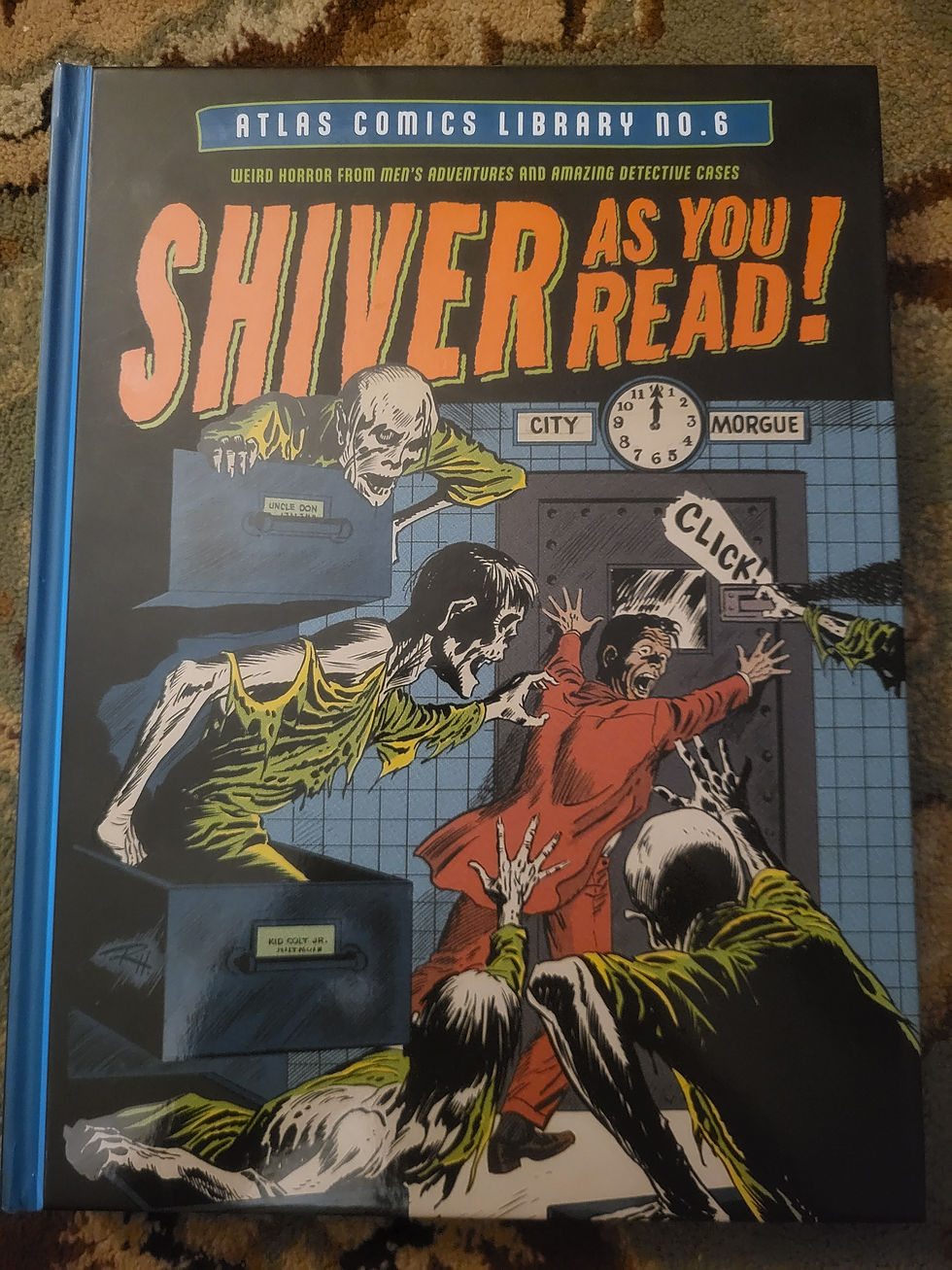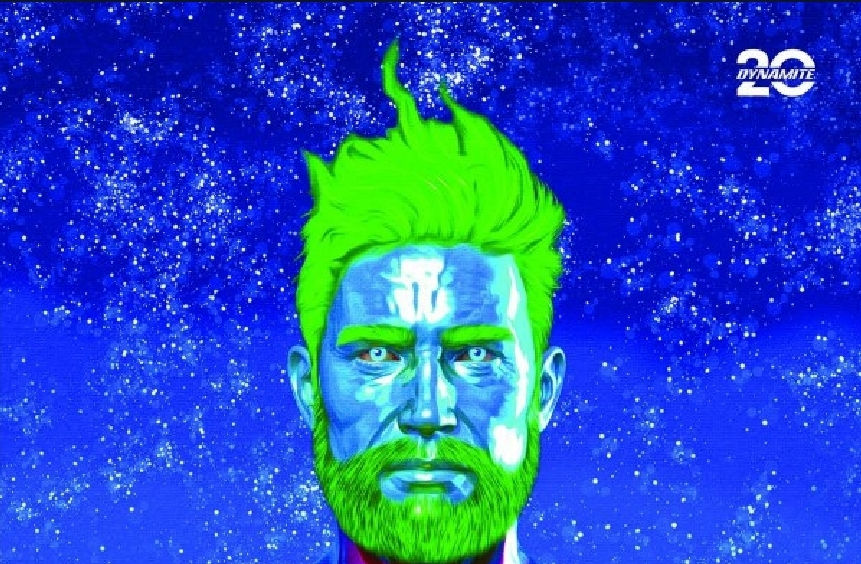Profane #1 Review
- comicswithdan

- Jun 14, 2024
- 4 min read
I feel like there's quite a bit to unpack here.
I haven't read a ton of Peter Milligan's work, but he is an important writer in my comic journey. Some of my first ever comics I read were his Vertigo Human Target books, and those opened up the possibility of non-superhero comics to me - that this medium isn't just for Batman and Spider-Man. Sure, at this point they're somewhat dated, can tend to be a bit on the over-edgy side, but reading them with the context of the timing they were written in mind, they're excellent.
Looking at this book, Milligan is one of those writers that has earned my eyes in regards to checking out new material. With Profane being a crime book, and BOOM! putting out some really great books lately, this piqued my interest. I would have added this to my pull list if not for my budget, and the preview was less than inspiring. That being said, when I got my review copy today, it shot to the top of my reading list.
Starting with the story, to be honest, I found it extremely confusing. I think an element of that was intentional because Will Profane is a very confused character. He's a private detective that seems to experience these blackouts where he loses chunks of memory - which expands to include his past. Will’s way of combatting this memory loss is what he calls scrying (a term that I actually hadn’t heard of until now - essentially its like using a crystal ball) to dig up these memories and uses them to help him solve the case. However this is where the problems start with the story. In addition to using his “crystal ball” of cigarettes, whisky, and crime fiction to avoid one of his primary roadblocks as a character, when he finishes his scrying, a clue literally presents itself to him. Twice in this issue, he finishes seeing his vision, and a clue literally blows into his hands. Crime/Mystery stories have rules called Ronald Knox’s Commandments of Detective Fiction. Now, many will argue that these are outdated and perhaps they’re right, but I’ve found that. Mystery stories that follow these rules tend to be some of the best mysteries out there! (For anyone familiar with these rules, I’d love to have a discussion on why rule 5 “No Chinaman must figure into the story” is NOT what you think). Right off the bat, we break rule 6 “No accident must ever help the detective”, where clues are literally blowing into our protagonist’s hands. If he is going to solve this by getting his clues from his crime noir crystal ball and dumb luck, I’m not sure this is going to turn out to be much of a mystery. Additionally, the dialogue and narration read extremely awkwardly. Now there is a possible reason for this, which is a good segue into something I liked about the book. I found it interesting that Will Profane was a character in Spud Coltrane's book - and this is a possibility for the choppy dialogue and narration - perhaps Milligan is writing it as if the character is from a less than stellar mystery novel. There's a lot about the story that I find off and a bit challenging to enjoy, but there is enough promise that I'm looking forward to what's happening next.
I enjoyed the art from Raúl Fernández- I liked the pencils, as they gave off a nice pop-art feel that went well with the noir, pulp feel of the book. Often times, noir books feel the need to use darker colors to try to homage old crime/thriller movies. The colors from Giada Marchisio really stand out here for several reasons. The brighter colors used to contrast some of the darker tones is a style choice that I love, while using monotone coloring for flashbacks/flash forwards is a coloring choice that helps move along the narrative and helps the reader understand what is happening when. I found this particularly useful as the actual story was somewhat difficult to follow. Lettering choices by Jeff Eckleberry were excellent the typeface used in the narration boxes made me feel like I was reading a crime novel, which I think was Milligan's intent. It's always refreshing to see all aspects of a comic working in sync with one another, and that was one of the high points of this book.
Overall, I have some serious reservations about the start here, but I think there's enough positive to look forward to another issue. Some less than stellar writing as far as the character's ability to magically make clues appear is a tough pill to swallow, but there aren't a lot of writers who know this genre better than Peter Milligan, so I feel that he deserves more than a single issue to allow his plan to unfold. I gave this 3.5 stars out of 5, with the additional .5 to 1 star added for the potential I see, but the first issue not being an extraordinarily strong outing.



Comments